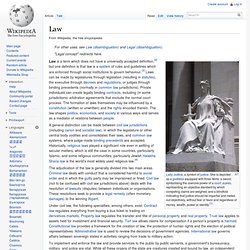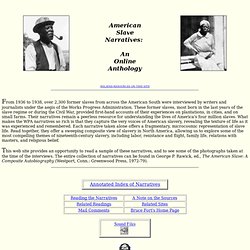

Sovereignty. Sovereignty is understood in jurisprudence as the full right and power of a governing body to govern itself without any interference from outside sources or bodies.

In political theory, sovereignty is a substantive term designating supreme authority over some polity.[1] It is a basic principle underlying the dominant Westphalian model of state foundation. Derived from Latin through French souveraineté, its attainment and retention, in both Chinese and Western [2] culture, has traditionally been associated with certain moral imperatives upon any claimant. Different approaches[edit] The concept of sovereignty has been discussed throughout history, from the time before recorded history through to the present day.[3][4] It has changed in its definition, concept, and application throughout, especially during the Age of Enlightenment. The current notion of state sovereignty contains four aspects consisting of territory, population, authority and recognition.[5] According to Stephen D.
Matrilineal - encyclopedia article about matrilineal. Matrilineality is a system in which descent is traced through the mother and maternal ancestors.

Matrilineality is also a societal system in which one belongs to one's matriline or mother's lineage, which can involve the inheritance of property and/or titles. A matriline is a line of descent from a female ancestor to a descendant (of either sex) in which the individuals in all intervening generations are mothers – a mother line. In a matrilineal descent system an individual is considered to belong to the same descent group as her or his mother. This matrilineal descent pattern is in contrast to the more common pattern of patrilineal descent from which a Family name is usually derived. The matriline of historical nobility was also called her or his enatic or uterine ancestry, corresponding to the patrilineal agnatic ancestry treated in depth in the article Patrilineality.
In some ancient cultures, membership in their groups was (and still is if in bold) inherited matrilineally. Example 1. Law. "Legal concept" redirects here.

Lady Justice, a symbol of justice. She is depicted as a goddess equipped with three items: a sword, symbolising the coercive power of a court; scales, representing an objective standard by which competing claims are weighed; and a blindfold indicating that justice should be impartial and meted out objectively, without fear or favor and regardless of money, wealth, power or identity.[1] Law is a term which does not have a universally accepted definition,[2] but one definition is that law is a system of rules and guidelines which are enforced through social institutions to govern behaviour.[3] Laws can be made by legislatures through legislation (resulting in statutes), the executive through decrees and regulations, or judges through binding precedents (normally in common law jurisdictions).
Private individuals can create legally binding contracts, including (in some jurisdictions) arbitration agreements that exclude the normal court process. American Slave Narratives. From 1936 to 1938, over 2,300 former slaves from across the American South were interviewed by writers and journalists under the aegis of the Works Progress Administration.

These former slaves, most born in the last years of the slave regime or during the Civil War, provided first-hand accounts of their experiences on plantations, in cities, and on small farms. Their narratives remain a peerless resource for understanding the lives of America's four million slaves. What makes the WPA narratives so rich is that they capture the very voices of American slavery, revealing the texture of life as it was experienced and remembered.
Each narrative taken alone offers a fragmentary, microcosmic representation of slave life. Read together, they offer a sweeping composite view of slavery in North America, allowing us to explore some of the most compelling themes of nineteenth-century slavery, including labor, resistance and flight, family life, relations with masters, and religious belief.